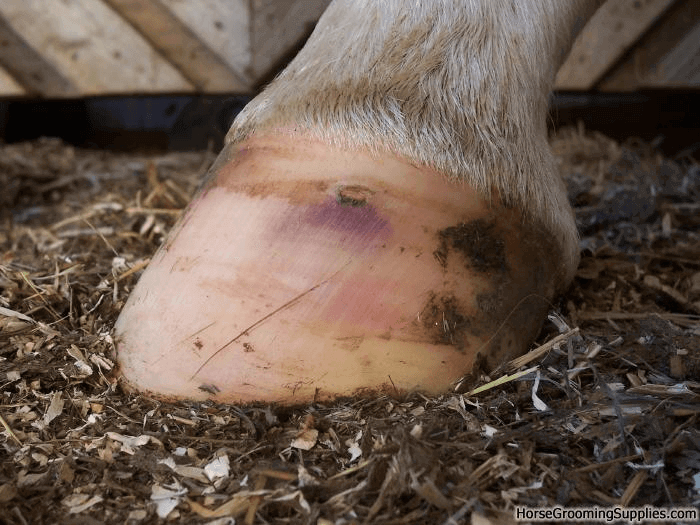The Ultimate Guide to Horse Injuries

Writing a detailed, SEO-friendly blog article on horse injuries requires a structured approach that covers all essential aspects of the topic. Below is an expanded outline and content suggestions to help you create a comprehensive guide.
Introduction
- Brief overview of the importance of understanding horse injuries
- Common causes and risk factors
- Importance of early detection and treatment
Types of Horse Injuries
| Injury Type | Description | Common Causes | Symptoms |
|---|---|---|---|
| Cuts and Lacerations | Open wounds caused by sharp objects or trauma | Fencing, kicks, falls | Bleeding, swelling, pain |
| Sprains and Strains | Damage to ligaments or muscles | Overexertion, poor footing | Limping, swelling, heat |
| Fractures | Broken bones | Falls, collisions | Severe pain, inability to bear weight |
| Tendon Injuries | Damage to tendons affecting movement | Overuse, sudden movements | Swelling, heat, lameness |
| Hoof Injuries | Issues like bruises, abscesses, or cracks | Hard surfaces, improper shoeing | Limping, heat, sensitivity |
Diagnosing Horse Injuries
- Physical examination techniques
- Use of imaging (X-rays, ultrasound)
- When to call a veterinarian
Treatment Options
- First aid for common injuries
- Veterinary treatments (medications, surgery)
- Rehabilitation and recovery tips
Prevention Strategies
- Proper stable management
- Safe riding practices
- Regular health check-ups
Frequently Asked Questions (FAQ)
Q1: How can I tell if my horse is injured?
A: Look for signs such as limping, swelling, heat, unusual behavior, or reluctance to move.
Q2: When should I call a vet?
A: If the injury is severe, bleeding heavily, or if the horse shows signs of severe pain or inability to stand.
Q3: Can all horse injuries be treated at home?
A: No, some injuries require professional veterinary care to prevent complications.
This expanded content framework ensures your blog article is informative, well-organized, and optimized for search engines by including tables, lists, and FAQs. It also provides a clear path for writing detailed sections that engage and educate readers about horse injuries.